1. Hristovska AM, Duch P, Allingstrup M, Afshari A. Efficacy and safety of sugammadex versus neostigmine in reversing neuromuscular blockade in adults. Cochrane Database Syst Rev. 2017; 8:CD012763. PMID:
28806470.

2. Sokół-Kobielska E. Sugammadex - indications and clinical use. Anaesthesiol Intensive Ther. 2013; 45(2):106–110. PMID:
23877905.
3. Abrishami A, Ho J, Wong J, Yin L, Chung F. Cochrane corner: sugammadex, a selective reversal medication for preventing postoperative residual neuromuscular blockade. Anesth Analg. 2010; 110(4):1239.
4. Sparr HJ, Vermeyen KM, Beaufort AM, Rietbergen H, Proost JH, Saldien V, et al. Early reversal of profound rocuronium-induced neuromuscular blockade by sugammadex in a randomized multicenter study: efficacy, safety, and pharmacokinetics. Anesthesiology. 2007; 106(5):935–943. PMID:
17457124.
5. Carron M, Zarantonello F, Lazzarotto N, Tellaroli P, Ori C. Role of sugammadex in accelerating postoperative discharge: a meta-analysis. J Clin Anesth. 2017; 39:38–44. PMID:
28494905.

6. Fuchs-Buder T, Meistelman C, Raft J. Sugammadex: clinical development and practical use. Korean J Anesthesiol. 2013; 65(6):495–500. PMID:
24427454.

7. Chambers D, Paulden M, Paton F, Heirs M, Duffy S, Craig D, et al. Sugammadex for the reversal of muscle relaxation in general anaesthesia: a systematic review and economic assessment. Health Technol Assess. 2010; 14(39):1–211.

8. Büyükfırat E, Koyuncu İ, Karahan MA, Binici O, Altay N, Kirmit A, et al. Comparison of the cytotoxic, genotoxic and apoptotic effects of sugammadex and neostigmine on human embryonic renal cell (HEK-293). Cell Mol Biol. 2018; 64(13):74–78.

9. Yang LP, Keam SJ. Sugammadex: a review of its use in anaesthetic practice. Drugs. 2009; 69(7):919–942. PMID:
19441874.
10. Plaud B, Meretoja O, Hofmockel R, Raft J, Stoddart PA, van Kuijk JH, et al. Reversal of rocuronium-induced neuromuscular blockade with sugammadex in pediatric and adult surgical patients. Anesthesiology. 2009; 110(2):284–294. PMID:
19194156.
11. Hristovska AM, Duch P, Allingstrup M, Afshari A. The comparative efficacy and safety of sugammadex and neostigmine in reversing neuromuscular blockade in adults. A Cochrane systematic review with meta-analysis and trial sequential analysis. Anaesthesia. 2018; 73(5):631–641. PMID:
29280475.

12. Carron M, Bertoncello F, Ieppariello G. Profile of sugammadex for reversal of neuromuscular blockade in the elderly: current perspectives. Clin Interv Aging. 2017; 13:13–24. PMID:
29317806.

13. Pfaff K, Tumin D, Tobias JD. Sugammadex for reversal of neuromuscular blockade in a patient with renal failure. J Pediatr Pharmacol Ther. 2019; 24(3):238–241. PMID:
31093024.

14. Liu G, Wang R, Yan Y, Fan L, Xue J, Wang T. The efficacy and safety of sugammadex for reversing postoperative residual neuromuscular blockade in pediatric patients: a systematic review. Sci Rep. 2017; 7(1):5724. PMID:
28720838.

15. Bhavani SS. Severe bradycardia and asystole after sugammadex. Br J Anaesth. 2018; 121(1):95–96. PMID:
29935601.

16. Sacan O, White PF, Tufanogullari B, Klein K. Sugammadex reversal of rocuronium-induced neuromuscular blockade: a comparison with neostigmine-glycopyrrolate and edrophonium-atropine. Anesth Analg. 2007; 104(3):569–574. PMID:
17312210.

17. Sorgenfrei IF, Norrild K, Larsen PB, Stensballe J, Ostergaard D, Prins ME, et al. Reversal of rocuronium-induced neuromuscular block by the selective relaxant binding agent sugammadex: a dose-finding and safety study. Anesthesiology. 2006; 104(4):667–674. PMID:
16571960.
18. Hsu HT, Lo YC, Huang YM, Tseng YT, Wu SN. Important modifications by sugammadex, a modified γ-cyclodextrin, of ion currents in differentiated NSC-34 neuronal cells. BMC Neurosci. 2017; 18(1):6. PMID:
28049438.

19. Tulgar S, Kose HC, Demir Piroglu I, Karakilic E, Ates NG, Demir A, et al. Comparison of effects of separate and combined sugammadex and lipid emulsion administration on hemodynamic parameters and survival in a rat model of verapamil toxicity. Med Sci Monit. 2016; 22:984–990. PMID:
27012816.

20. Palanca JM, Aguirre-Rueda D, Granell MV, Aldasoro M, Garcia A, Iradi A, et al. Sugammadex, a neuromuscular blockade reversal agent, causes neuronal apoptosis in primary cultures. Int J Med Sci. 2013; 10(10):1278–1285. PMID:
23983586.

21. Quach KQ, Kim H, Nguyen TV, Xia C, Cho WS, Chon TS. Inferring variance and invariance in multi-individual behavior of zebrafish (Danio rerio) responding to chemical stress. Anim Cells Syst. 2015; 19(4):252–261.
22. Strähle U, Scholz S, Geisler R, Greiner P, Hollert H, Rastegar S, et al. Zebrafish embryos as an alternative to animal experiments--a commentary on the definition of the onset of protected life stages in animal welfare regulations. Reprod Toxicol. 2012; 33(2):128–132. PMID:
21726626.

23. Chakraborty C, Agoramoorthy G. Why zebrafish? Riv Biol. 2010; 103(1):25–27. PMID:
21110461.
24. Gore AV, Pillay LM, Venero Galanternik M, Weinstein BM. The zebrafish: A fintastic model for hematopoietic development and disease. Wiley Interdiscip Rev Dev Biol. 2018; 7(3):e312. PMID:
29436122.

25. Easter SS Jr, Nicola GN. The development of vision in the zebrafish (
Danio rerio). Dev Biol. 1996; 180(2):646–663. PMID:
8954734.
26. Fishman MC. Zebrafish genetics: the enigma of arrival. Proc Natl Acad Sci U S A. 1999; 96(19):10554–10556. PMID:
10485858.

27. Parichy DM, Elizondo MR, Mills MG, Gordon TN, Engeszer RE. Normal table of postembryonic zebrafish development: staging by externally visible anatomy of the living fish. Dev Dyn. 2009; 238(12):2975–3015. PMID:
19891001.

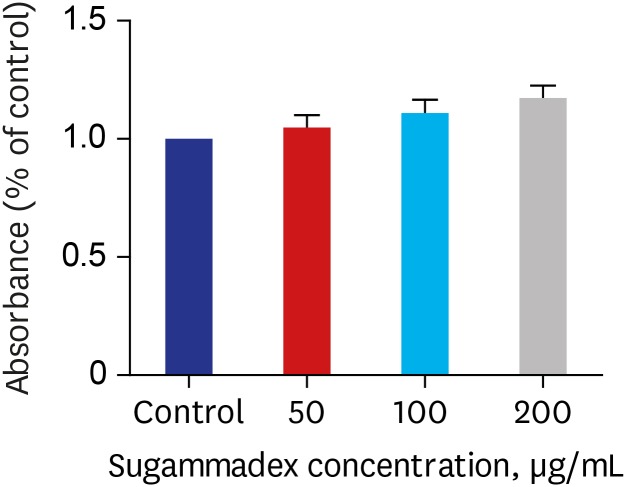
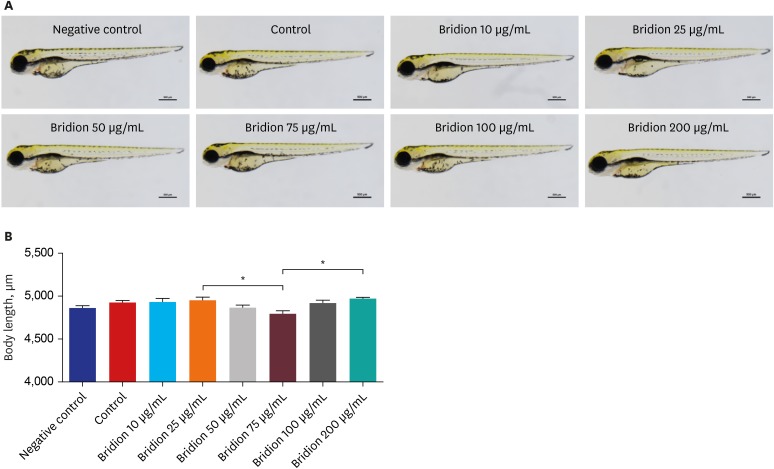




 PDF
PDF Citation
Citation Print
Print



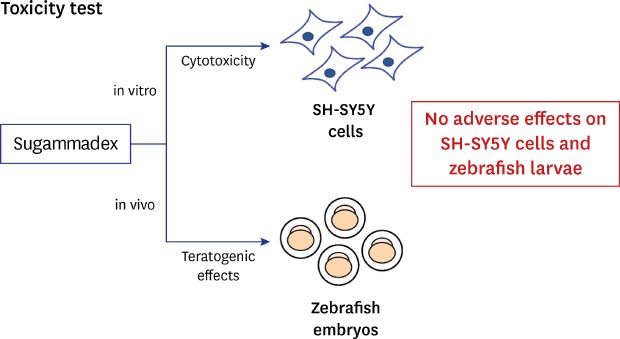
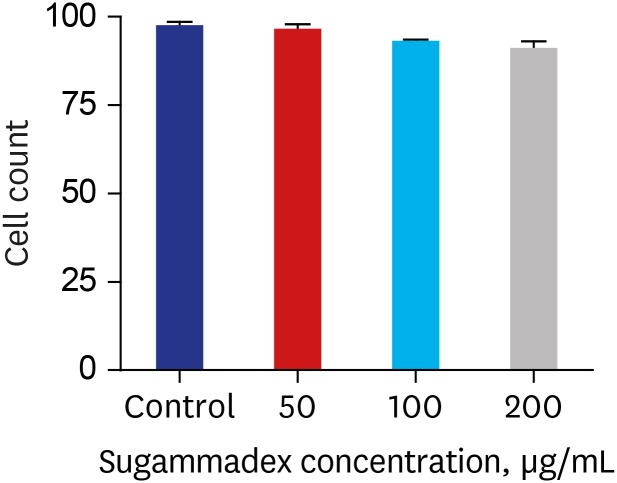
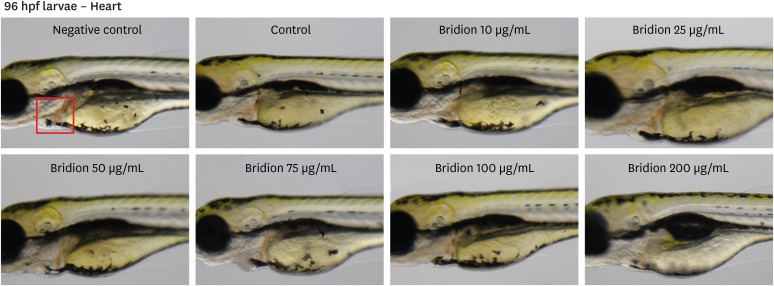
 XML Download
XML Download